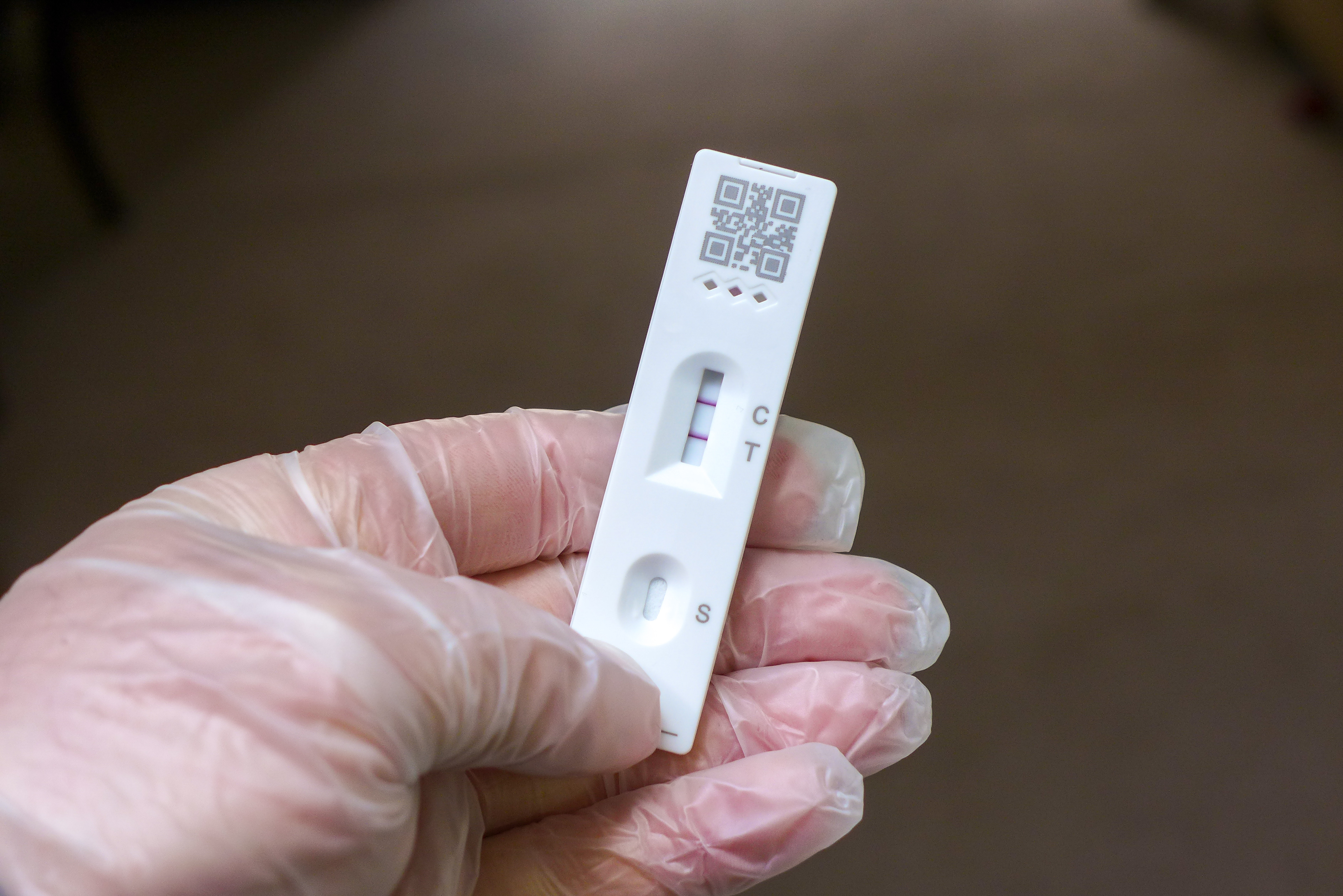
The number of coronavirus deaths reported worldwide fell by 15% in the past week while new infections dropped by 9%, the World Health Organization said Wednesday.
In its latest weekly assessment of the COVID-19 pandemic, the U.N. health agency said there were 5.3 million new cases and more than 14,000 deaths reported last week. WHO said the number of new infections declined in every world region except the Western Pacific.
WATCH ANYTIME FOR FREE
Stream NBC10 Boston news for free, 24/7, wherever you are. |
Deaths jumped by more than 183% in Africa but fell by nearly a third in Europe and by 15% in the Americas. Still, WHO warned that COVID-19 numbers are likely severely underestimated as many countries have dropped their testing and surveillance protocols to monitor the virus, meaning that there are far fewer cases being detected.
WHO said the predominant COVID-19 variant worldwide is omicron subvariant BA.5, which accounts for more than 70% of virus sequences shared with the world's biggest public viral database. Omicron variants account for 99% of all sequences reported in the last month.
Get updates on what's happening in Boston to your inbox. Sign up for our News Headlines newsletter.
Earlier this week, Pfizer asked U.S. regulators to authorize its combination COVID-19 vaccine that adds protection against the newest omicron relatives, BA.4 and BA.5, a key step towards opening a fall booster campaign.
The Food and Drug Administration had ordered vaccine makers to tweak their shots to target BA.4 and BA.5, which are better than ever at dodging immunity from earlier vaccination or infection.
Meanwhile, in the U.K., regulators authorized a version of Moderna's updated COVID-19 vaccine last week that includes protection against the earlier omicron subvariant BA.1. British officials will offer it to people aged 50 and over beginning next month.
In Germany, Chancellor Olaf Scholz’s Cabinet approved legislation Wednesday that ensures basic protective measures against the coronavirus pandemic are continued during the fall and winter, when more virus cases are expected.
Meanwhile, in the Philippines, millions of students wearing face masks streamed back to primary and secondary schools across the country on Monday for their first in-person classes after two years of coronavirus lockdowns.
Officials had grappled with daunting problems, including classroom shortages, lingering COVID-19 fears, an approaching storm and quake-damaged school buildings in the country’s north, to welcome back nearly 28 million students who enrolled for the school year.



